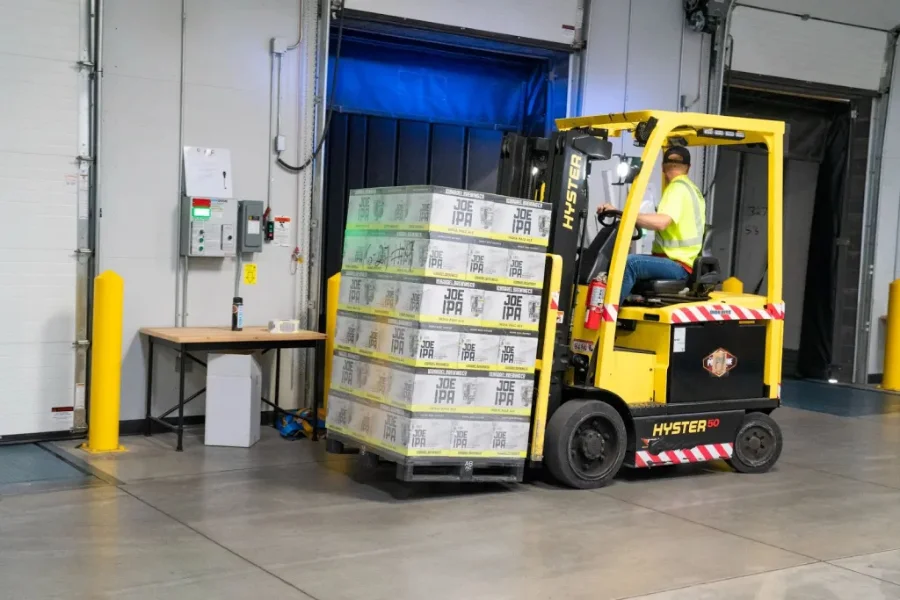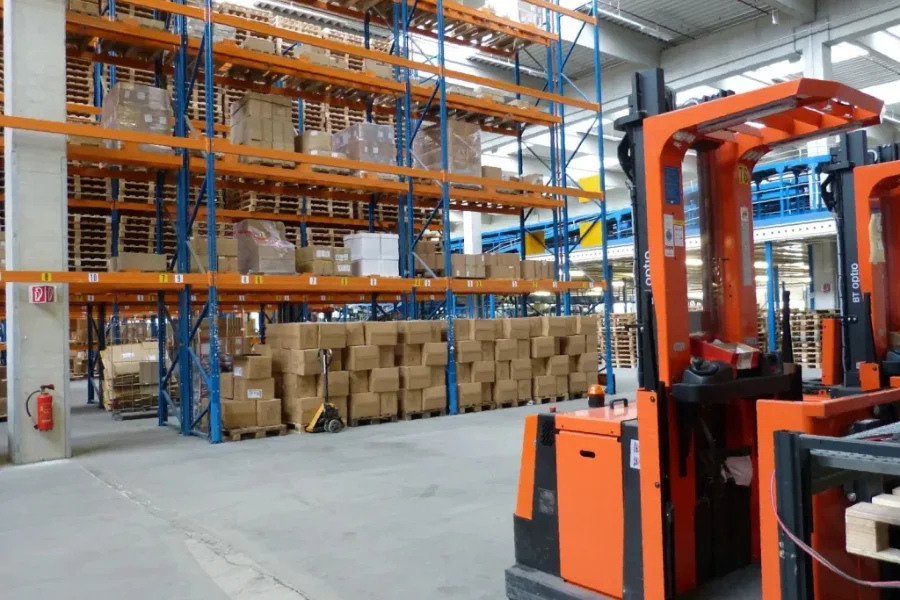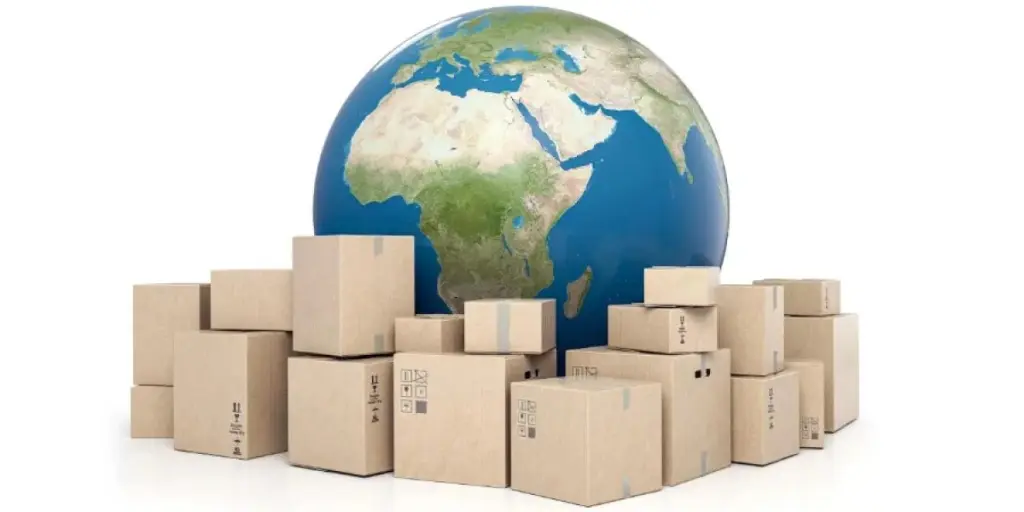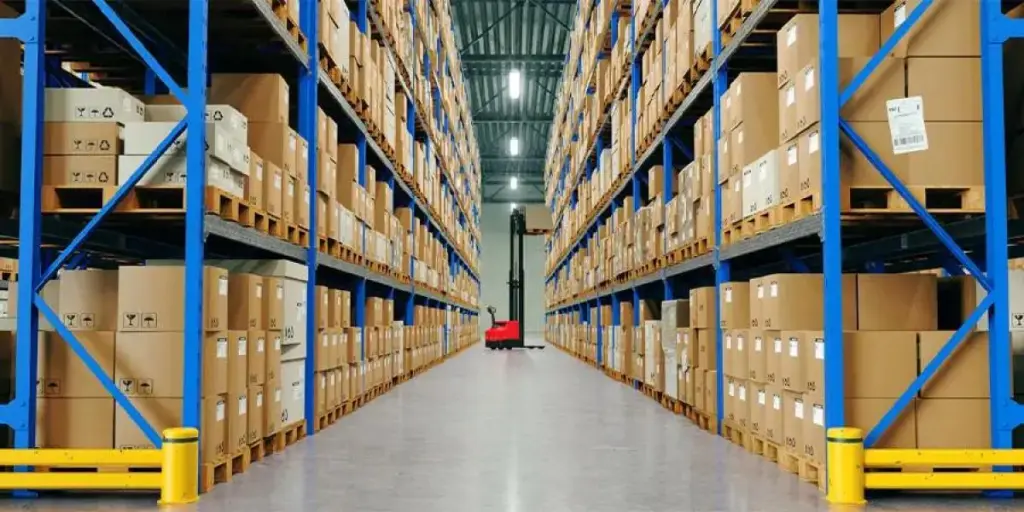The world is constantly in need of better shipping solutions, especially with the ever-blooming global ecommerce market now. And this is when a cross-border parcel consolidation solution fits in – as a revolutionary logistics solution that has been refined and optimized over time that helps to improve the efficiency and cost-effectiveness of international shipping.
Let’s have an in-depth look at cross-border parcel consolidation in this article, including its pros and cons, how it works, tips to successfully use it, its challenges, and future prospects to gain full insight into its role in simplifying the complexities of global trade for businesses and consumers.
Table of Contents
Understanding cross-border parcel consolidation
How cross-border parcel consolidation works
Pros & cons of cross-border parcel consolidation
How to choose the best cross-border parcel consolidation service
Tips for successful cross-border parcel consolidation
Challenges and future prospects of cross-border parcel consolidation
Connecting the dots
Understanding cross-border parcel consolidation
The cross-border parcel consolidation concept represents the combination of two shipping scenarios- cross-border parcel delivery and parcel consolidation. Cross-border parcel delivery, as its name implies, refers to a goods or shipment delivery process across international borders, whereas parcel consolidation refers to the logistics strategy that groups multiple parcels destined for the same region from different shippers into a single shipment.
While parcel consolidation is applicable to both domestic and cross-border shipping scenarios, cross-border parcel consolidation specifically relates to international shipping circumstances as opposed to domestic shipping. The consolidated shipment is de-consolidated once it gets to its final destination to allow separate individual deliveries to their respective recipients. The burgeoning online business environment has constantly driven up the demands for parcel consolidation judging from the nature of ecommerce which generates high volumes of single, smaller, individual orders.
The current cross-border parcel consolidation market is popularized by third-party logistics providers (3PLs) specializing in parcel consolidation services as more businesses recognize the cost-effectiveness of such consolidation processes. One of the top 3 emerging trends that is currently reshaping the cross-border parcel consolidation market is the augmentation of 3PLs which specialize in managing complicated customs regulations, duties, and taxes, as well as import/export restrictions. The other two trends are technological advancements in terms of real-time tracking systems, automation, etc. technical-driven solutions with a focus on last-mile delivery where local distribution and courier centers are.
How cross-border parcel consolidation works
Step 1: Select a parcel forwarding service
Prior to beginning a cross-border parcel consolidation project, it is crucial for the shipper to select a dependable (and affordable) parcel forwarding service that can meet the shipper’s needs. List service providers to assist in the classification of Harmonized System (HS or HTS as referred to in the US) codes too, so as to ensure that the customs regulations are followed and that duty rates, admissibility, and special requirements are correctly followed. In essence, this is a cornerstone step that establishes the framework for a smooth international parcel consolidation process.
Step 2: Receiving and storing packages at a consolidation center
This next step involves collecting and storing parcels in a designated consolidation center, this is where parcels are gathered and prepared for the next stage in the process, which includes inspection, repackaging, and container preparation. Working closely with the carrier at this stage is essential to make sure parcels are properly consolidated and ready for transport to the destination country.
Step 3: Inspection, repackaging, and container preparation
The focus in this step is to inspect all packages to ensure that they are suitable for shipping and address any issues such as damaged packaging or incorrect labeling. Repackaging parcels as needed to optimize space and minimize potential damage during transport. This step also involves working with the carrier to prepare the containers for shipping, which includes providing the necessary information and ensuring that the parcels are correctly loaded into the containers.
Step 4: Shipping the consolidated parcels, continue tracking
The packages are shipped to the final destination after being combined and packed for transportation. Thereafter, continuous tracking is necessary to ensure end-to-end visibility with full traceability throughout the shipping process. Close monitoring helps to detect any potential issues earlier and respond fast to keep up the delivery schedule’s timeliness.
Step 5: Compliance with customs documentation and clearance
A seamless customs clearance procedure is highly dependable on the preparation and completion of all essential customs documents. Potential delays or fines can be avoided by working closely with the supplier of the package forwarding service and the customs broker engaged as the subject matter expert, to ensure compliance with all applicable requirements.
Step 6: Final delivery to the recipient
Prompt delivery to the recipient is crucial once the shipments have passed customs and arrived in the destination nation. Global intermediates can carry out last-mile deliveries and correctly charge the shipper for all landing charges by receiving the relevant shipping information from them. This last-mile delivery step which often involves direct dealings with the recipient is a critical point in customer satisfaction determination, and is often used as a benchmark to assess the effectiveness of the overall delivery process.
Pros & cons of cross-border parcel consolidation

Pros
- Reduced shipping time: While taking some extra time on the front end, consolidating parcels allows for faster shipping times, as shipments can be processed and transported more efficiently. Instead of shipping multiple packages separately on different occasions, consolidated shipments move through the supply chain as a single unit, reducing the likelihood of delays and improving delivery times for customers.
- Simplified customs processes: Cross-border packages consolidated into a single shipment speeds up almost every stage of the shipping process and eventually helps to simplify the entire customs clearance process, which is typically time-consuming.
The overall customs clearance process becomes more streamlined and hence reduces the risk of delays due to (multiple) customs inspections. Furthermore, with the help of experienced parcel consolidation forwarding service providers, businesses can navigate complex customs regulations, ensuring compliance and avoiding penalties.
- Cost saving: Consolidating cross-border packages into a single shipment enables significant time savings throughout the shipping process, including the customs clearance step. Such reduction in overall processing time can lead to earlier shipment release, better customer satisfaction, and higher productivity, which ultimately help to lower shipping costs. Carriers typically charge less for transporting larger quantities of goods, so shippers may also enjoy lower total transportation costs by consolidating their shipments.
- Eco-friendly shipping solutions: Cross-border parcel consolidation is an environmentally friendly approach to shipping, as it decreases the overall number of shipments, which in turn reduces the amount of emissions produced by transportation. While simultaneously maximizing space utilization in shipping containers, it also signifies lower fuel consumption and therefore leaves a smaller carbon footprint at the same time.
Cons
- Higher risk for mismanagement: The action of combining multiple packages into a single shipment is subject to careful coordination between the shipper, carrier, and parcel forwarding service provider. The risk of mismanagement is greatly increased since additional actions like repackaging and deconsolidation are required. Any failure in the process may lead to errors, misplaced parcels, or delays, negatively impacting customer satisfaction and business reputation.
- Risk of damage or loss: By the same account, consolidated parcels may also be exposed to a higher risk of damage or loss during transport as it involves the handling of multiple packages.
- Limited flexibility: Cross-border parcel consolidation often requires strict adherence to schedules and shipment plans, which consequently restricts the flexibility of shippers in making modifications to their orders or delivery schedules.
How to choose the best cross-border parcel consolidation service
- Reputation and Reliability: When selecting a cross-border consolidation service provider, reliability should be the first priority. It’s crucial to evaluate the suppliers based on their track record for dependability and market reputation. Comprehensive research of customer testimonials or reviews can be useful in revealing information about the provider’s historical performance. A trustworthy service provider should demonstrate a full list of on-time delivery history, familiarity with the customs clearance procedure, and versatility in handling different package types. Partnering with a reliable provider is not only important for a smoother shipping process but also helps to establish trust with customers.
- Available Shipping Options: Finding out if the providers are capable of offering a great variety of shipping options is another way to assess their experiences and reliability. Analyze the provider’s shipping capabilities, taking into account the many package types, countries, and carriers they work with. It’s also essential to consider how flexible they are to particular requests or uncommon shipping circumstances. A provider having a variety of shipping choices will be better able to meet the evolving needs of any company.
- Costs and Fee Structures: Conduct proper market research to get a sense of the various pricing models on the market with the intent to choose the most cost-effective solution. Always pay attention to providers that provide transparent and competitive pricing, and steer clear of any possible extra fees or hidden charges for services like consolidation process, container handling, or customs processing.
- Customer Support and Convenience: Look for a provider that offers a user-friendly platform for real-time tracking and order management including accessing complete shipping information. In addition, check out the responsiveness and availability of their customer support team, as timely assistance can help to resolve urgent shipping issues when needed. A cross-border parcel consolidation service provider with solid customer support and a convenient interface is the key to a highly manageable system and enhanced customer experience.
Tips for successful cross-border parcel consolidation

- Stay informed about customs regulations: To ensure smooth cross-border shipping, it’s essential to remain up to date on the destination country’s customs laws and procedures. Learn about and be familiarized with the import and export procedures, tax and duty rates, and any required licenses or permits. All this well-informed knowledge about customs and trade can prevent potential fines, and help to reduce shipping delays.
- Appropriate packaging: Securely and efficiently package the products to minimize any potential damage during transportation and maximize available space in shipping containers to reduce shipping costs. Opt for durable and sturdy packaging materials to make sure the shipments are well-protected to withstand the long transportation process of international shipping.
- Accurate and complete documentation: When it comes to effective customs clearance and import delay prevention, accurate and thorough paperwork is of the utmost importance. Make sure that all required documents, including packing lists, commercial invoices, and certificates of origin (where applicable), are properly prepared and in compliance with the laws of the destination country. The timely delivery of shipments and the expedited customs clearance process are both depending on the accuracy of the paperwork.
- Plan ahead for efficient consolidation: Planning ahead is key to successful cross-border parcel consolidation. Create a shipping timetable that takes into consideration the time required to combine shipments, pass through customs, and deliver packages to the ultimate location. Work together with the cross-border consolidation service provider to streamline the shipping procedure in order to provide a great client experience.
Challenges and future prospects of cross-border parcel consolidation
Understanding Customs Duties and Taxes, dealing with prohibited items, and managing returns and exchanges are some of the major challenges in cross-border parcel consolidation. The fact that every nation has its own laws and regulations makes handling customs charges and taxes more challenging due to the level of complexity of customs issues. Businesses must stay alert to any updates on these rules and regulations and make necessary adjustments from time to time.
Since restrictions differ from one jurisdiction to another, businesses that deal with potentially prohibited items may face difficulties when trying to merge their shipments with those of other parties. Finally, it is crucial for businesses to have effective procedures for handling returns since managing returns and exchanges may be challenging when handling cross-border shipping owing to different return policies, customs restrictions, and shipping costs.
The future of cross-border parcel consolidation, on the other hand, lies in the integration of technology for improved efficiency, the growth of the e-commerce marketplaces and cross-border business opportunities, and the increasingly important role of consolidation services in facilitating global trade. Advancements in technology, such as automation, advanced tracking systems, and data analytics, will streamline operations, provide better visibility into shipments, and enable better business planning as well as faster delivery times. Cross-border business prospects will also continue to grow along with the global e-commerce sector, fueling the need for effective parcel consolidation services to handle the difficulties of international shipping.
Connecting the dots
Cross-border parcel consolidation is an innovative logistics solution that helps to enhance the effectiveness and affordability of global shipping. Reduced shipping time, simplified customs processes, cost-saving, and eco-friendly shipping solutions are among the advantages that cross-border parcel consolidation offers. In terms of its disadvantages, however, the higher risk for both mismanagement and damage or loss throughout the transportation process is among the main concerns that the shippers should take note of, on top of having limited flexibility in making changes for their shipments.
There are overall six steps in the cross-border parcel consolidation process and four main factors to consider when it comes to the selection of a cross-border consolidation service provider, which includes: reputation and reliability, available shipping options, costs, and fee structures as well as customer support and convenience the provider can offer. Shippers should also pay attention to major tips to ensure a successful cross-border parcel consolidation experience. They should, first of all, stay informed about customs regulations, package their products appropriately for shipping, ensure accurate and detailed documentation, and lastly, plan ahead for efficient consolidation and shipping.
Some of the main challenges in cross-border package consolidation include understanding customs duties and taxes, dealing with prohibited items, and managing returns and exchanges. On the other hand, the integration of technology for increased efficiency, the expansion of the ecommerce industry and cross-border business prospects, and the growing significance of consolidation services in enabling international trade are among the factors that will shape the future of cross-border parcel consolidation. Proceed to explore Alibaba Reads further to learn more logistics knowledge, wholesale sourcing ideas, and business insight.

Looking for a logistics solution with competitive pricing, full visibility, and readily accessible customer support? Check out the Alibaba.com Logistics Marketplace today.




